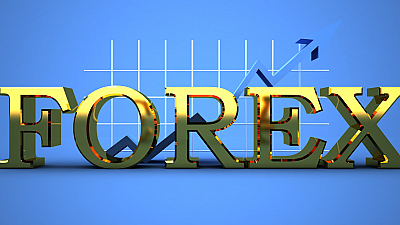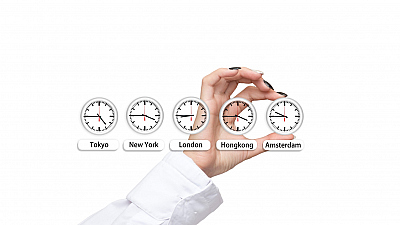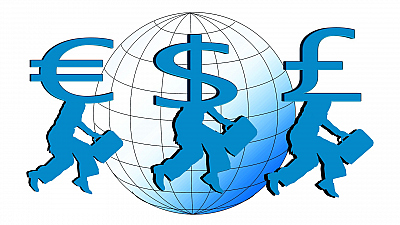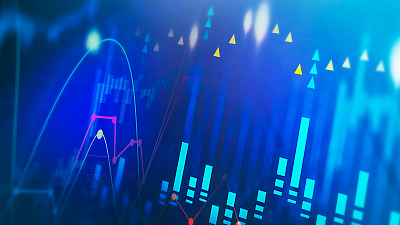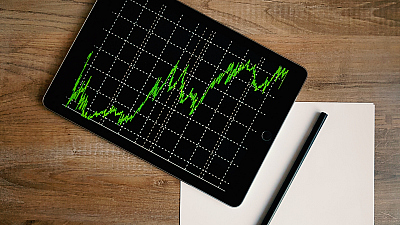Inflation shows the rate of increase in the prices of the goods and services in an economy over a period of time.
When prices increase, purchasing power (currency value) decreases. A certain amount of money then buys less than it used to.
Deflation is the opposite of inflation (a negative inflation).
It means lower prices and higher purchasing power (currency value). Although it sounds tempting, it harms the economy in the long run.
Inflation is all about money supply.
As the Central bank of a country is responsible for the monetary policy, it is the authority that controls inflation.
It does so by introducing more money into the system at a controlled pace. From there on, different mechanisms can drive the inflation. They can be classified into three types – Demand-pull inflation, Cost-push inflation and Built-in inflation.
Demand-pull inflation
We have Demand-pull inflation when the demand for goods and services increases more rapidly than the production capacity. The higher demand leads to a shortage, or a demand-supply gap. Naturally, the response is an increase in the prices. The Demand-pull inflation is a type of inflation that is caused by a shift in demand.
Cost-push inflation
Cost-push inflation is the result of an increase in production cost. This is when the prices of the raw materials increase, thus making the production more expensive. To remain profitable, producers increase the end price of the goods or services they offer. So, the Cost-push inflation is a result of a shift in supply.
Built-in inflation
The Built-in inflation relates to the future expectations for a rise in prices. Seeing the prices rise (as a result of Demand-pull or Cost-push inflation) and expecting them to continue to rise, workers demand higher wages to keep their living standard.
This raises the cost of production and respectively the price of the final product or service. And the spiral goes on and on. Because of this circular dependency, the Built-in inflation is sometimes referred to as the wage-price spiral.
The common understanding is that mild inflation (in the range 2-3%) is healthy for the economy.
A steady monetary policy is also beneficial, as businesses can plan for the future, knowing what to expect. There are many indices that measure the effects of inflation.
The most popular index is The Consumer Price Index (CPI).
It is calculated monthly by the Bureau of Labor Statistics (for USA). It examines the weighted average retail prices in a basket of goods and services that are primary to the consumers. This includes things like food, transportation and medical care.
The CPI measures the average change of those prices. Comparing it to previous levels shows the change in the cost of living for the consumer.
The Consumer Price Index is very important in periods of rapid decrease or increase in the interest rates. In general, higher inflation leads to higher interest rates, and hence a more expensive currency.
The Producer Price Index (PPI) is another indicator for measuring the inflation.
It measures the change in the selling price received by domestic producers of intermediate goods and services. It is calculated in the same way as the CPI, but from the sellers’ perspective.
This index measures the price pressure on producers and differs from the consumer index, because of the potential this pressure to be transferred to the end users or reduced by trade discounts, increased productivity or other measures.
